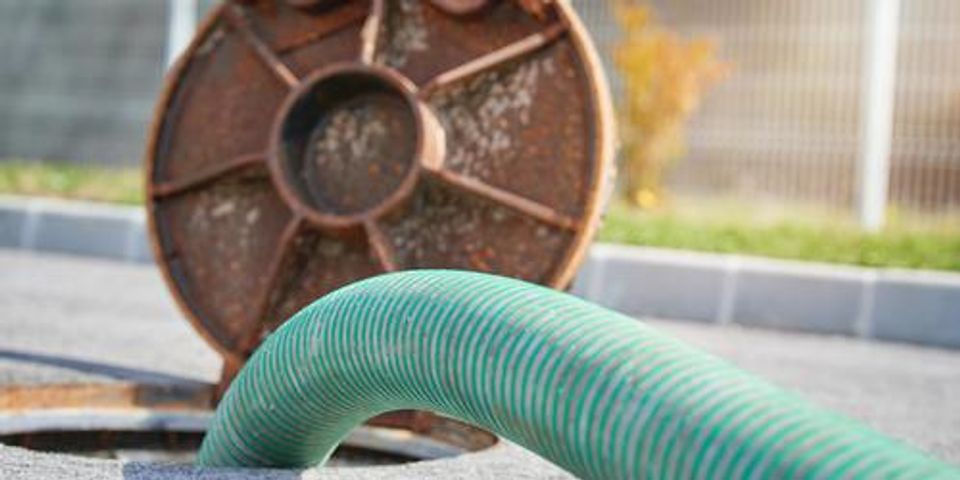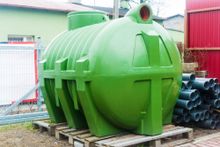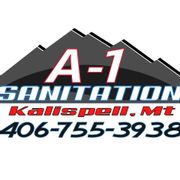How Often Should You Schedule Septic Pumping Services?

Your septic system is usually a reliable plumbing component for your home. However, without the proper preventative measures, serious issues can creep up when you least expect them. One of the best ways you can avoid these time-consuming and costly problems is by scheduling septic pumping on a regular basis. The recommended frequency depends on multiple elements that are explained below.
 Setting a septic pumping schedule largely comes down to two factors — the size of your tank and the number of occupants in your home. A septic tank works much harder when a family of five is using it as opposed to a single-occupancy home, meaning it should be pumped more often. Larger tanks, however, can go longer between pumping because of their increased capacity.
Setting a septic pumping schedule largely comes down to two factors — the size of your tank and the number of occupants in your home. A septic tank works much harder when a family of five is using it as opposed to a single-occupancy home, meaning it should be pumped more often. Larger tanks, however, can go longer between pumping because of their increased capacity.
This is why combining the two factors to find your optimal septic pumping schedule is advisable. There’s not a universal equation, but your local pump service can help you decide on a schedule that’s right for you. For example, a household of two people with a 1000 gallon tank would only have to schedule a pumping every six years, while the same tank with five people would need service every two years.
Instead of risking going too long without the proper maintenance, however, having your septic system pumped and inspected at least every three years is a good rule of thumb. Maintaining a regular schedule will help prevent drain field failure, an issue with repair costs that dwarf the expense of inspection and pumping. Routine inspection can also catch other issues and resolve them before they become major ordeals.
A-1 Sanitation provides septic pumping and maintenance services in Kalispell, Whitefish, Bigfork, Lakeside and Columbia Falls, Mt. With a team of experienced technicians, they will ensure your septic tank remains in great condition and will take care of any problems before they become a major headache. For more information, call (406) 755-3938 or visit their website today.
About the Business
Have a question? Ask the experts!
Send your question

